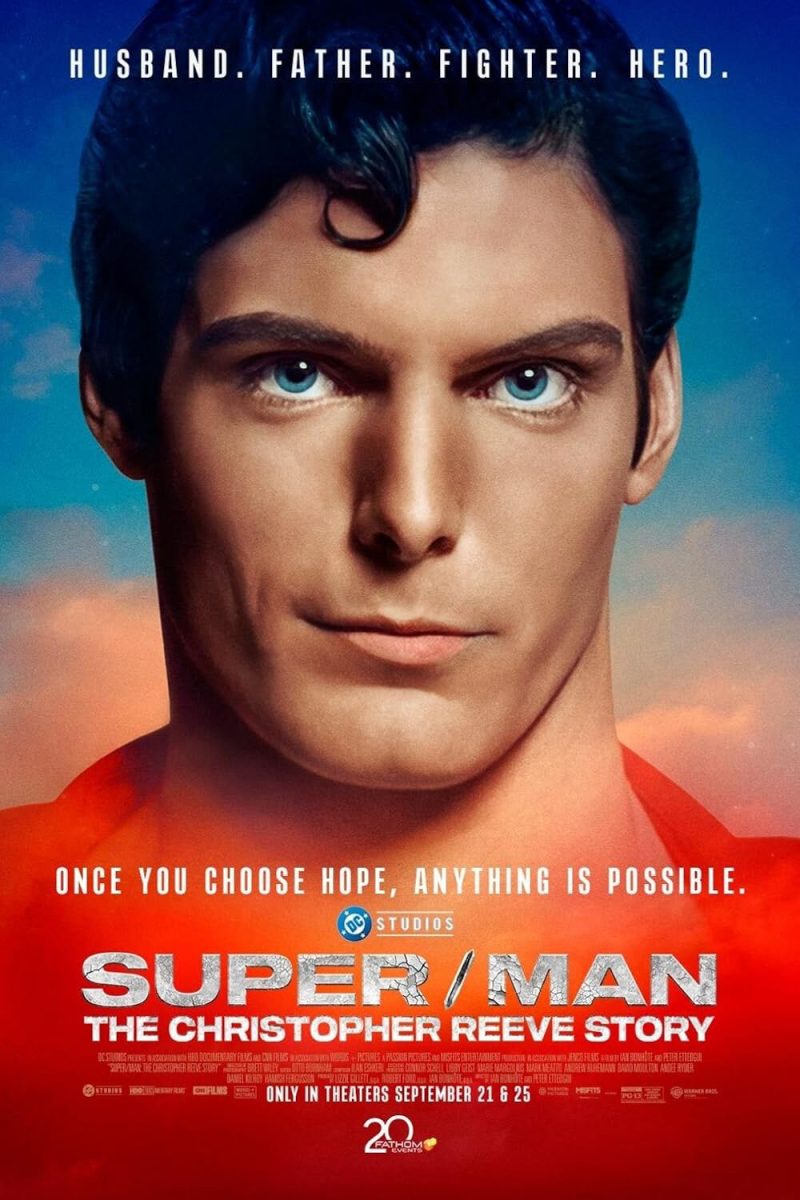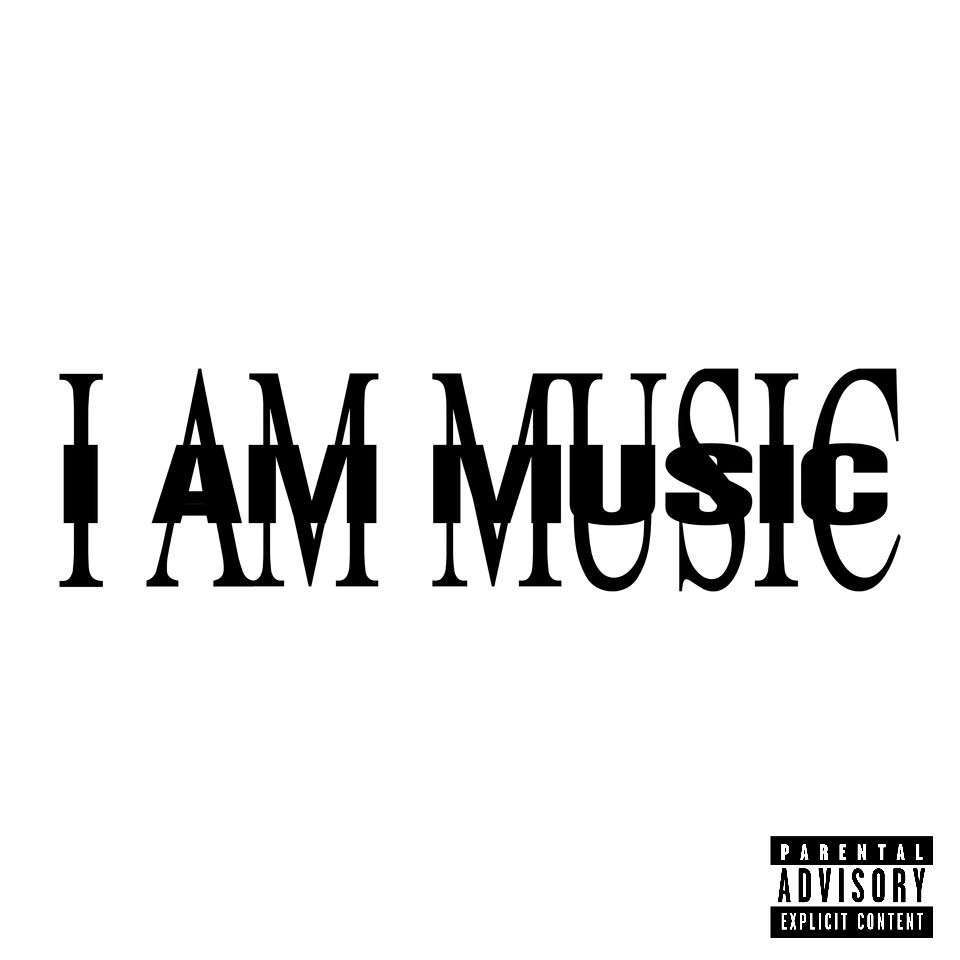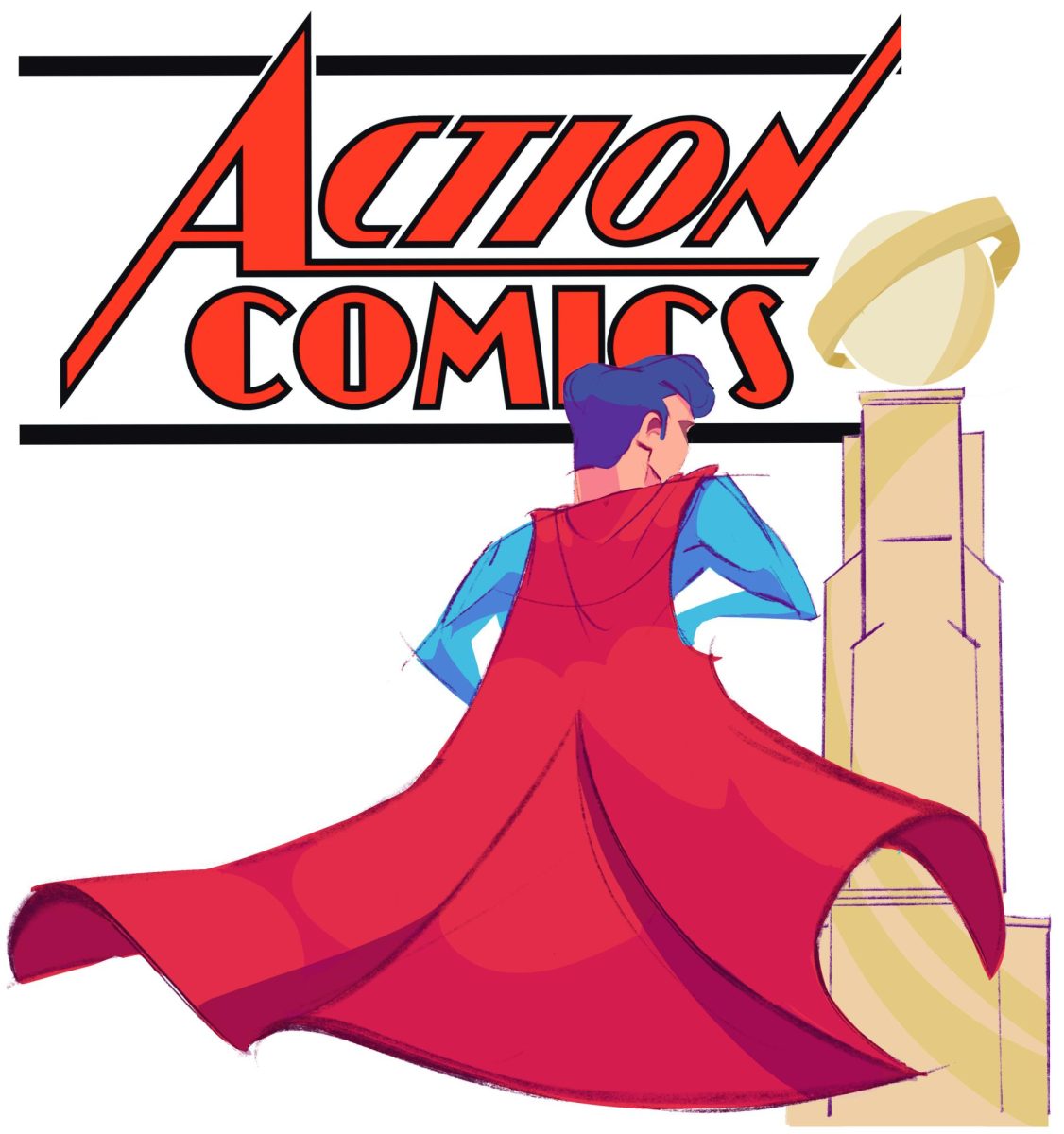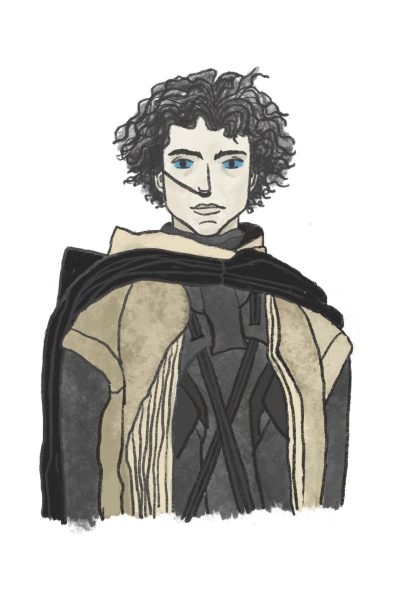
Star Wars, Avatar, Mad Max and Hayao Miyazaki’s “Nausicaä of the Valley of the Wind” all have one thing in common: They were either indirectly influenced or directly inspired by the 1965 novel “Dune,” written by Frank Herbert.
At its first release, it was widely praised, claimed to be a masterpiece and compared to the likes of “The Lord of the Rings.” Until 2021, the “Dune” novel series had long been neglected and obscured from today’s pop culture landscape. To the modern nerds, it was a complex gray series with heavy themes and Shakespearean language – it was infamously believed to be unadaptable.
The Author’s Origin
Herbert was an Oregon-based journalist in 1939, starting with the Glendale Star until 1949. Eventually he moved to California and got a job with the Santa Rosa Press Democrat and the San Francisco Examiner.
He was already an avid science-fiction fan and published several works in the ’50s. His spearhead novel for the soon-to-be series, “Dune,” originated from his magazine article about the Oregon Dunes. He became so fascinated with the environment and wildlife that he got sidetracked to write a story based around this biome. While he was able to release it to the public in several installments in a science-fiction magazine Analog, he had no luck getting it published as a whole novel. After countless rejections from major book publishers, Chilton Book Company, a company specializing in car repair manuals, made an offer to release it as a hardcover, and the rest was history.
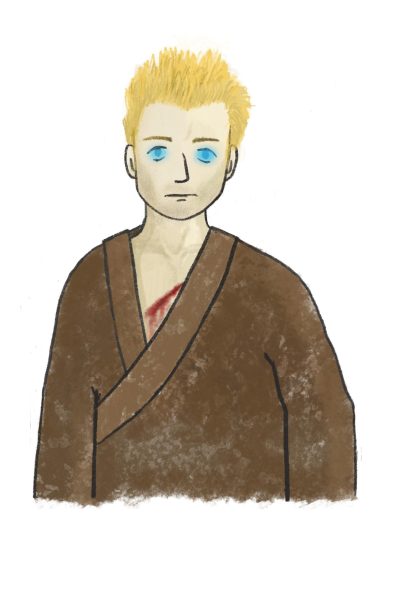
What is Dune?
For those not familiar with the series. The Dune saga consists of six books for the main series written by Herbert, with several prequels and two sequels written by Kevin J. Anderson and Brian Herbert, Frank’s son, which add more content to the main series and conclude the storyline with “Chapterhouse: Dune,” the final book written by Frank before his death.
The story at first follows Paul Atreides, a Duke’s son, from the planet Caladan after gain control over the planet Arrakis. Arrakis is vital due to it being the only source of the spice melange, a substance which extends lifespan and is pivotal for interstellar travel.
After betrayal and revolution, Paul’s actions, with the help of the planet’s natives, the Fremen, set off a chain of events that send the universe into a holy war. The sequels detail his rule as emperor, lineage and legacy across space and time.
A Failed Attempt
The first person to take a real crack at adapting this well-revered series was experimental Chilean filmmaker Alejandro Jodorowsky. Unfortunately, this first attempt never made it out of its pre-production phase, and it never began filming.
What became known as “Jodorowsky’s Dune” was the most ahead-of-its-time and unrealized vision in science fiction and storytelling history. Jodorowsky had his heart set on this personal passion project to bring the novel to light. He collaborated with French artist Jean Mœbius Giraud to draw the storyboards in great detail, which came down to 3,000 drawings.
They recruited Dan O’Bannon for special effects, who would later be known for his work with “Star Wars,” “Alien” and “Total Recall.” This ambitious dream ended abruptly when the studios would not agree to Jodorowsky’s terms.
The projected budget was intimidating. The technical works were demanding. The studios would not allow a film longer than two hours. Jodorowsky wanted the adaptation to be 10-14 hours long. With the benefit of hindsight, Jodorowsky’s vision and potential execution for this story would have strayed too far from the book’s themes and message. The story behind the pre-production garnered a cult following, and in 2014, the story was turned into a documentary of the same name, “Jodorowsky’s Dune.”
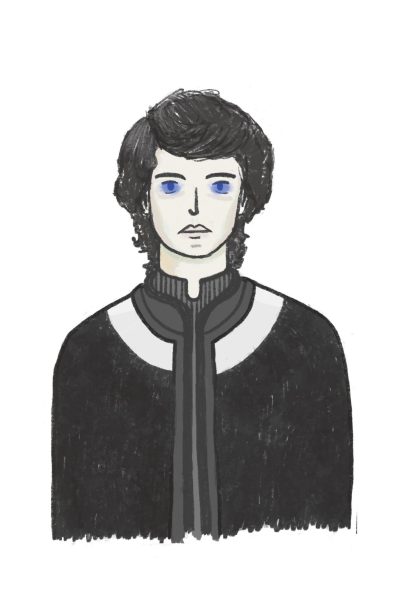
Lost in Adaptation
In 1984, David Lynch’s adaptation of “Dune” was more aligned with what the studios wanted, but it missed the mark in many areas adaptation wise. Lynch worked on several drafts of the script due to creative differences, and once filming began, a whole slew of production problems came one after the other. The theatrical cut was scrunched down to two hours after major editing, reshoots and automated dialogue replacements. The result was far from what Lynch had hoped for and was not received well at the box office or among critics. Ironically, the film came off as a Star Wars ripoff.
Faithful yet Limited
The 2000 Sci Fi Channel’s mini-series, “Frank Herbert’s Dune,” attempted a more one-by-one adaptation of the novel. The series was thankfully given the time to sit with each character and scene allowing it not to rush anything storywise. However, its budget was very limited, and the visual effects have not aged well, even by its own standards. It was received well enough to earn a sequel series, “Frank Herbert’s Children of Dune,” which continued the story by adapting the novels “Dune Messiah” and “Children of Dune,” respectively.
Dune Today
Between all these adaptations, multiple attempts were made by various directors and writers which never made it far. But Dune found a promising chance at redemption in 2021. After expressing great interest in the world of Dune, director Denis Villeneuve signed on to direct a two-part film to adapt the first novel.
At a young age, Villeneuve was enthralled by the series Herbert wrote. He even drew rough storyboards with his childhood friend during his teenage years. Unlike other past adaptations, Villeneuve had full creative control with this project.
Eventually, Warner Bros. became worried about the film’s success due to COVID-19’s theater impact and its limited theatrical run since it was also simultaneously released on Max for streaming.
Villeneuve’s adaptation of the film takes a more grounded approach on Herbert’s novel while cutting a few major scenes and plot lines from the story. The film was critically acclaimed and well-received among audience members, but most people’s problem with this version of “Dune” was that it was incomplete. The 2021 film adapts only half of the first novel, from the introduction to Paul, the Atreides family, the Harkonens, Arrakis and sand worms – all the way to Paul’s confrontation and refuge with the Fremen. It was quite anti-climatic and slow for some people’s taste, but the artistic and technical achievements paved the way to a cinematic masterpiece combination that is “Dune” and “Dune: Part Two.”
Villenueve’s “Dune: Part Two” only takes the best from the novel and improves upon what lacks from Herbert’s behemoth of a story. Any film telling a story as great as this should be seen on the biggest screen possible.



